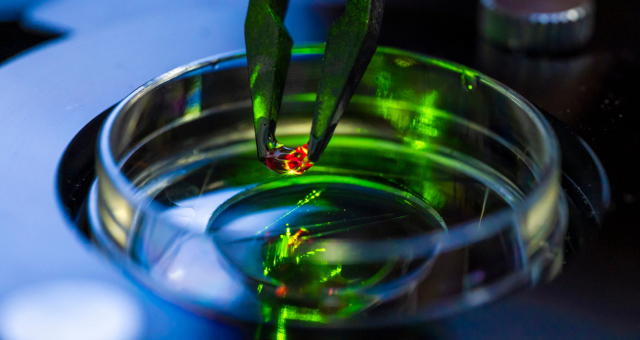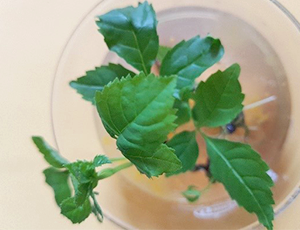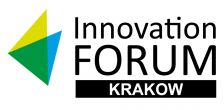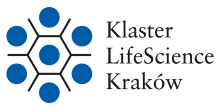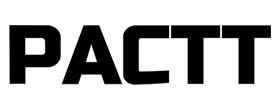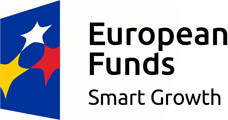
The subject of the offer is an innovative sample holder designed for use in low-temperature scanning probe microscopy (LTSPM). There is a possibility of simultaneous mounting of two samples on the accessory and working on both samples under cryogenic conditions.
The novelty of the invention consists on the use of a set of subcarriers that enable separate samples' preparation, and then combine them under ultra-high vacuum conditions and place them in the measuring station of the low-temperature scanning probe microscope.
The holder has a modular structure and consists of three blocks: A, B, and C.
Block A is used to prepare samples that require resistive heating (e.g. metal surfaces), on top of which a smaller B block equipped with the test crystal is mounted. Block C is used for sample preparation with direct heating (e.g. semiconductor surfaces such as silicon or germanium).
The samples can be prepared separately, and then the sample from block A is transferred on block B into a special slot in block C (now, both samples are on block C). Then block C, with block B placed on it, is put in a low-temperature scanning probe microscope.
In this way, it is feasible to perform e.g. functionalization of the measuring probe on a metal sample (where functionalization is possible) and performing measurements with such a functionalized tip on the second sample (e.g. semiconducting, where functionalization is not possible), without the need to exchange samples in the microscope, which in turn would involve a change in their ambient temperature, and thus a loss of functionalization.
Advantages of technology
- It allows the functionalization of the tip on a surface, on which this procedure is easy and well-defined (e.g. copper (1 1 1)), and then allows the use of a functionalized tip for measurements on a sample where such functionalization alone is not possible.
- Prior to the measurement on the main sample surface, the characterization of the tip can be measured on a noble metal sample (this allows for easy obtaining of a good quality tip) and then - while still held at a low temperature - measurements are carried out on the target sample (e.g. semiconductor).
- Enables the study of the surface of materials other than noble metals.
- The method can be extended to other systems where it is required to simultaneously work with more than one sample at a time (keeped in low temperature).
- The method paves the way for the repeated identification and repair of the measuring tip that has undergone an adverse modification.
Application range
The opportunity to measure the surface of materials such as oxides, semiconductors, or graphene, in which the functionalized tips could not be used so far.
The offered sample holder is subject of Polish patent protection.
Further development is carried out by the research team from the Department of Nanostructure Engineering and Nanotechnology of the Faculty of Physics, Astronomy and Applied Computer Science of the Jagiellonian University. Currently, the CITTRU Technology Transfer Center is looking for entities interested in the commercial use of the described technology and/or partners for joint R&D projects.
information / broker of Jagiellonian University


